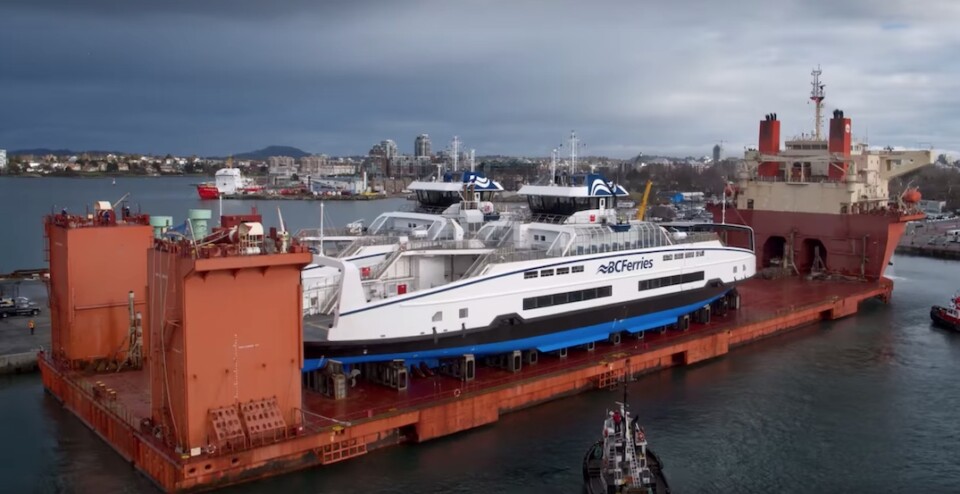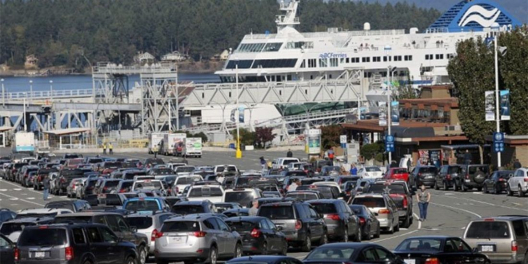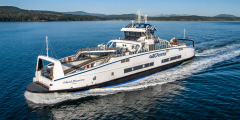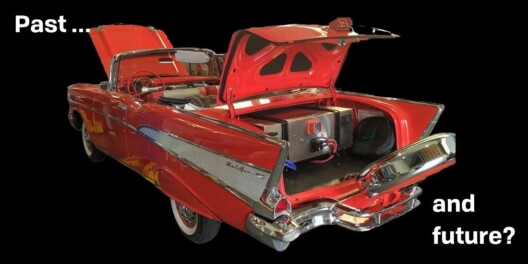Living on an island means you’re used to ferries. They’re a part of life. But gas-powered boats cause lots of water and air pollution, even when they’re using natural gas. They’re also just plain noisy. That’s a pain for passengers and for the fish and whales who swim nearby.
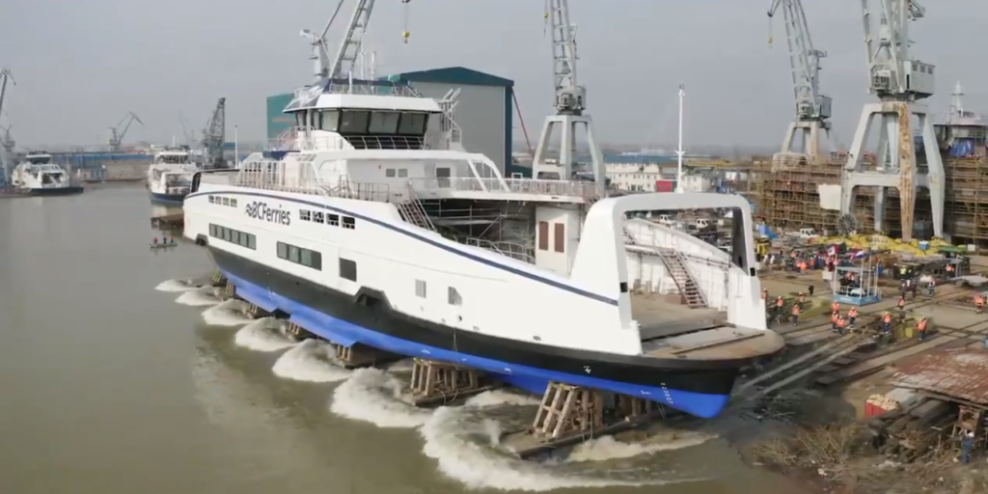
Credit: BC Ferries
Electric ferries are a lot quieter, and they cause less pollution. And BC Ferries is going to start running them along routes in the northern Gulf Islands by 2022.
But how the heck are we going to charge them? It’s not like you can plug in a ferry like you charge your phone, or even a car. Right now, there are no electric charging stations close to the shore.
The new ferries are actually hybrids, so they can run on fuel or electricity. To start, they’ll be running on gas.
BC Hydro says it makes plenty of power in the province, but it has no way to get the electricity to the ferries.
So BC Hydro and the federal government are working on building charging stations close to the shore. They will cost about $150 million to build, and it will probably take four years to finish them all.
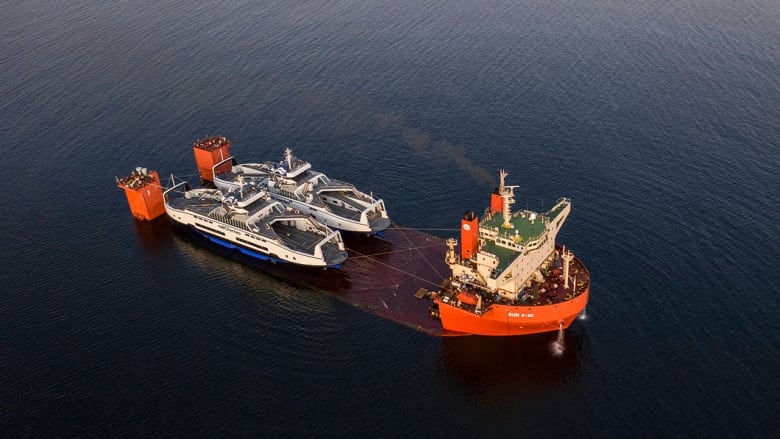
Credit: BC Ferries
That seems like a long time to wait. But when the charging stations are ready, and those ferries are running on electricity, it’ll mean cleaner, quieter rides for everyone. Even though the boats are technically hybrids, their engines don’t need gas. Instead, they can run purely on electricity.
The new hybrid ferries should start running by 2022, and they’ll service Gulf Island routes to Texada Island, Alert Bay, Sointula, Quadra, and Gabriola.
BC Ferries have bought six of these boats, and four of them have already arrived. They sailed all the way across the Atlantic from Romania, through the Panama Canal, and then up the west coast. It took 67 days to cover the 10,700 nautical miles transoceanic journey to Victoria.
